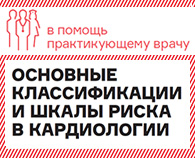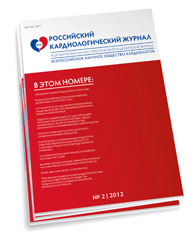Undiagnosed, Untreated: Hidden Diabetes Common in Acute MI
About a third of patients admitted to the hospital with an acute MI had known diabetes, but another one in 10 had newly detected diabetes, in a new study[1]. Moreover, physicians failed to diagnose incident diabetes in 69% of the cases, according to research presented here June 3 at the American Heart Association's Quality of Care and Outcomes Research Scientific Sessions 2014 .
"Our study highlights the contemporary incidence of diabetes in the setting of acute MI in the United States," lead author Dr Suzanne V Arnold (Saint Luke's Mid America Heart Institute, Kansas City, Missouri) told heartwire in an email, noting that previous studies analyzed older data using different methods, in foreign populations. This study also demonstrated that physicians who requested an HbA1c test were more likely to detect and treat the "hidden" diabetes.
"We need to be more diligent about screening for diabetes in MI patients [since] earlier detection . . . can lead to earlier treatment with lifestyle changes and medications [and] involvement of endocrinology," all of which may reduce potential long-term complications affecting patients' feet, eyes, and kidneys, Arnold said.
Early diabetes detection is also important for managing cardiology care. For example, it may influence the choice of revascularization technique, since diabetic patients with multivessel disease do better with bypass surgery, and those who get stents often do better with drug-eluting vs bare-metal ones, she added. Diabetes also influences the choice of antiplatelet agents—since diabetic patients do better with more intensive antiplatelet agents—and the choice of antihypertensives, since diabetic patients may do better with ACE inhibitors or vasodilating beta-blockers.
Practice guidelines have a lot of information about how to treat patients who have diabetes and an MI, but they do not address the issue of screening for diabetes. "I think this should be addressed," Arnold said. "I'm not sure everyone needs an HbA1c test at admission, but I think that screening any patient with any evidence of hyperglycemia is important."
Opportunity to Recognize Common Comorbidity
Type 2 diabetes is a common comorbidity in patients hospitalized with an acute MI, and sometimes this hospitalization represents the first opportunity to recognize and treat it, the researchers write.
To investigate the prevalence and recognition of undiagnosed diabetes in patients with MI, the researchers analyzed data from 2854 patients who did not have a known diagnosis of diabetes and were admitted to 24 sites across the US from 2005 to 2008. The sites represented a wide range of practice locations (urban, rural), hospital size, and practice type (academic, nonacademic).
Study investigators obtained blood samples when the patient was hospitalized and then did an HbA1c test at a central lab. Emergency-department clinicians, admitting cardiologists, or treating physicians could also order an HbA1c test, but from their own hospital, if they wanted to.
According to the core labs, 10% of patients without a known diagnosis of diabetes at the time of admission actually had underlying diabetes (ie, new diabetes). However, in 69% of the cases of new diabetes determined by the central lab, the treating (local) physician did not realize that the patient had diabetes.
If the local physician checked the HbA1c level, a patient with newly detected diabetes was 18 times more likely to be diagnosed.
Six months after discharge, less than 7% of patients who did not have their diabetes detected during their hospital stay had started receiving medication for diabetes, compared with 71% of patients whose diabetes had been recognized then.
The study highlights "an important opportunity to improve the recognition of type 2 diabetes and, possibly, [improve] long-term glycemic control in patients hospitalized with acute MI," the researchers conclude.
Source: www.medscape.com






